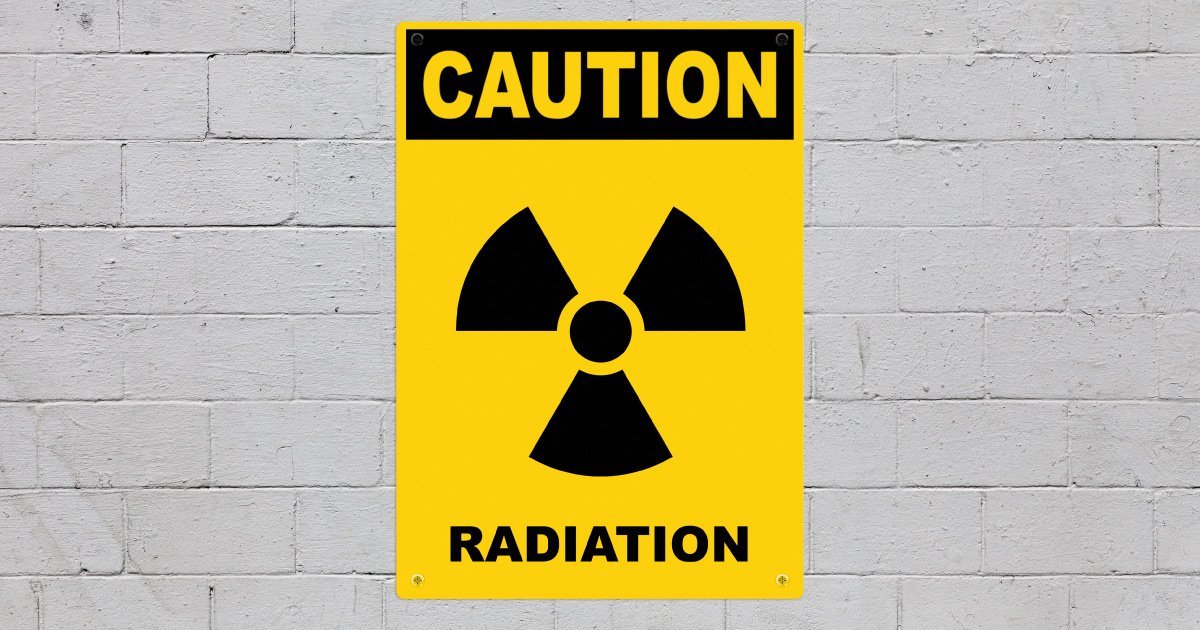","after_title":"","widget_id":"widget-0-0-1"}}" />[/siteorigin_widget]
Hawaii’s false alarm warning of an incoming ballistic missile sent people scurrying in all directions. They hid in bedrooms and bathrooms. Some ran for the hills, only to abandon their cars and hide in tunnels en route. Others resigned themselves to fate and went to church or back to bed.
People didn’t know what to do.
“I kind of was just almost like a deer in headlights,” Lisa Foxen, a social worker and mother of two young children in east Honolulu, told The Associated Press. “I knew what to do in a hurricane. I knew what to do in an earthquake. But the missile thing is new to me.”
It’s been a long time since Americans worried about nuclear anything. But with heightened global tension, they’re starting to worry again.
Every month, Hawaii tests its outdoor emergency sirens. On December 1, for the first time in 30 years, according to the Los Angeles Times, the state added an “Attack Warning” siren to tell residents to shelter in place in case of a nuclear attack.
The U.S. Centers for Disease Control and Prevention had planned an education session about how public health responders can prepare for nuclear detonation for January 16. But the CDC changed it to one about the spread of seasonal influenza. The CDC said it would reschedule the session.
To prepare for radiation emergencies, remember that exposure depends on things like how far you are from radiation, what’s between you and the radiation and how long you’re exposed.
For example, last September, detectors in 28 European countries picked up a cloud of radioactive isotope ruthenium-106. The cloud was high enough and diffuse enough that its particles posed no threat.
However, monitors estimated that people within a few kilometers of the initial release site, likely in the Ural Mountains, would have needed to protect themselves by sheltering in place or evacuating, according to National Public Radio.
If there’s a radiation accident, deliberate radiation terrorism event or nuclear weapon blast, you’ll need to know whether to shelter in place or evacuate to a fallout shelter.
The more walls between you and radiation, the better, the CDC said. If you believe you’ll have plenty of walls or little time, prepare an emergency kit to shelter in place.
Add plastic sheeting, duct tape and scissors to an emergency kit. Use them to seal windows, doors and other openings to keep out airborne radioactive particles. Plastic won’t protect from radiation or explosive blast, so keep as much building as possible between you and the outside. Turn off air intakes like an air conditioner, ventilation fan or furnace, Ready.gov suggests.
Add a battery-powered or hand-cranked radio to your emergency kit. Since you don’t come with radiation detectors, you’ll need it to tell you when authorities say it’s safe to leave your shelter. Don’t plan on phones. Even if electronic equipment isn’t destroyed by a nuclear blast, cell towers will probably be overwhelmed, as this Hawaii-based Associated Press reporter discovered.
Store at least two weeks’ worth of food, bottled water and a first-aid kit, Ready.gov recommends. Depending on the severity of radiation fallout, you won’t be able to leave your shelter for anything other than major medical needs for at least 24 hours.
Potassium iodide tablets might reduce radiation damage to the thyroid. However, the CDC says don’t use them unless directed by public health or emergency management officials because of health risks. If you’ve been contaminated, the best way to lower your exposure is shower and change your clothes, the CDC said.
“Even just removing your outer layer of clothing can remove up to 90 percent of radioactive material,” the CDC said.
In case of a missile attack warning, people in Hawaii would have only 12 to 13 minutes to Replace shelter, said Vern Miyagi, administrator of the Hawaii Emergency Management Agency, at a press conference. No matter where you live, that’s not enough time to figure out where you’ll shelter.
“Get ahead of it,” Miyagi said. “Know where your shelter in place is ahead of time.”
One positive effect of Hawaii’s missile false alarm is that it made people there think about getting prepared. In news story after news story, people described how they had not made any preparations, but after this scare, they were planning to change that. Without a doubt, were it not for the false alarm, such planning would not be happening.
Let’s all do the same.

